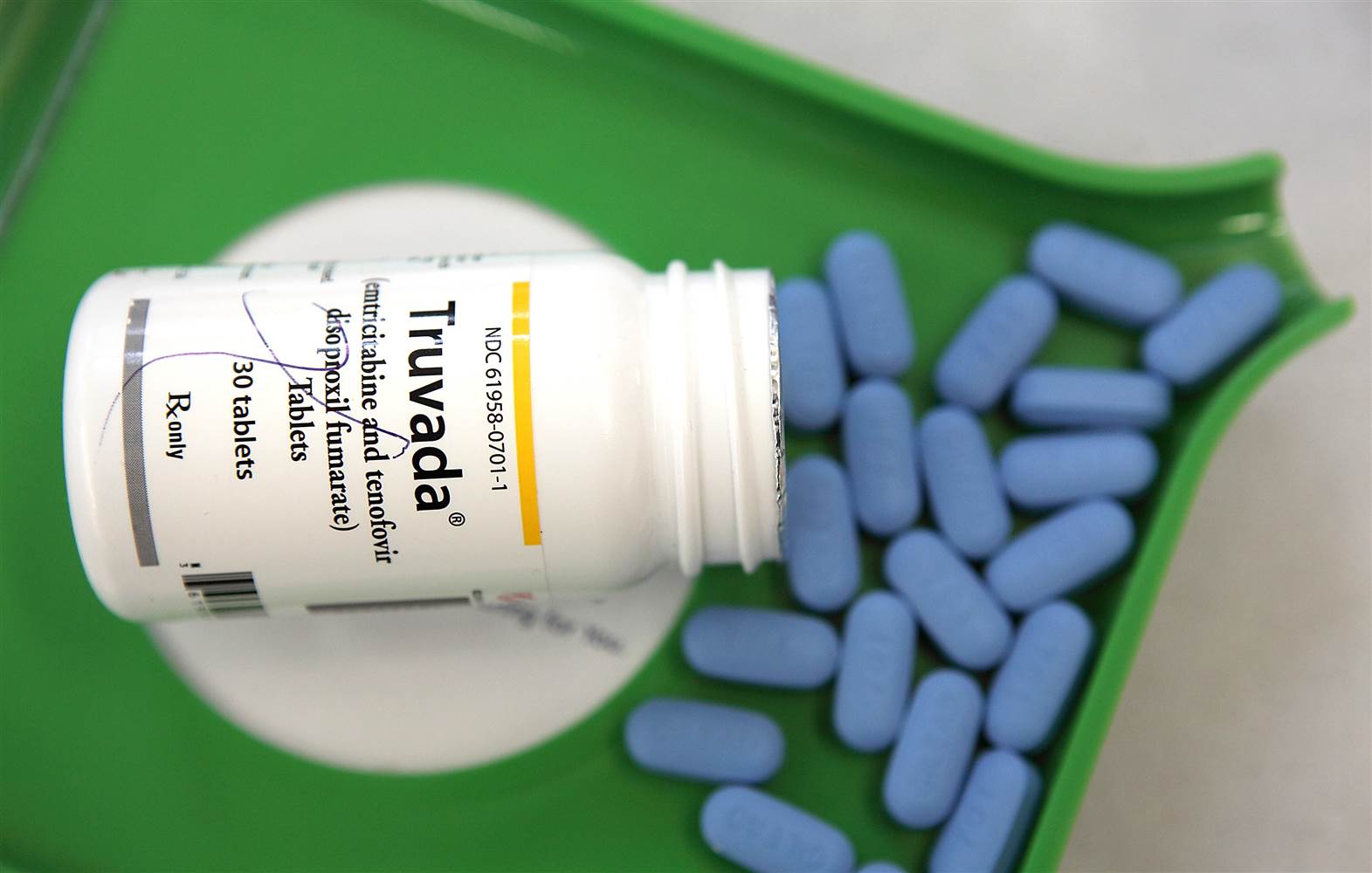

A New HIV Prevention Paradigm for Gay and Bisexual men
The National HIV/AIDS Strategy launched a renewed effort towards reducing the rate of HIV infections, improving the access to life-saving care, and lessen the health discrepancies that portray the U.S. epidemic on Aids in gay and bisexual men. HIV prevention for gay and bisexual men will need the considerably greater advancement in averting HIV infections within gay and bisexual men communities.
The conventional method for reducing risk on their own is not sufficient to turn the tide against AIDS. This accentuates the need for new methods to address the broader social and cultural factors that cause the disproportionate infection rate amidst gay and bisexual men. This gives a short layout of a new paradigm for HIV prevention in the gay and bisexual communities.
Key Points on HIV prevention among Gay and Bisexual men
• Gay and bisexual men have been all the more affected by HIV/AIDS than other populations in the U.S. There have been more than 300,000 lives that have been lost since the epidemic began.
• They represent 57 percent of new HIV infections, and the yearly number of new infections in this populace has expanded relentlessly throughout the last two decades. A modeling exercise has recommended that, without new interventions, a gay man who is 18 years of age today confronts a two in five chance of getting infected with HIV by the time he is 40.
• A new approach is needed to decrease the HIV infection rate among gay and bisexual men in the U.S. To date, preventive actions have largely promoted safer sexual behaviors. However, behavioral therapy alone will probably not be able to reverse the epidemic among gay men all by themselves.
• Antiretroviral treatment (ART) has protected thousands of lives and likewise assists in preventing new HIV infections. To make the best use of this prevention treatment, there will be a need for efforts to be made in order to increase prompt knowledge of HIV status, connect individuals who test HIV-positive to better medical care and treatment adherence.
• Anti-gay stigma and discrimination escalate gay men’s powerlessness to HIV in many ways. Legal reform and change in policy will be required to execute anti-discrimination laws, authorize anti-bullying plan in schools, and inform healthcare providers of lesbian, gay, bisexual, and transgender (LGBT) problems.
• Greater investment is needed in community-level strategies that forge healthy social norms and function as an ongoing “social vaccine.”
• Immediate steps are needed to reverse the historic under- prioritization of prevention services for gay and bisexual men within the broader HIV prevention effort, and to bring effective interventions to scale where they will demonstrate population level impacts.
• Pre-exposure prophylaxis (PrEP) is new and possibly an encouraging prevention intervention that needs extra research.
Discourse on the Context of Risk: New Methodologies to HIV Prevention
Every effort to encourage gay men to use condoms and have fewer sex partners will continuously be integral to HIV prevention tactics for gay and bisexual men. Behavioral approaches must be complemented by other strategies that can reach out beyond the individual and do not depend on individual action during each episode of sexual intercourse
Better approaches for understanding the HIV/AIDS problem in gay communities in ways that take into account community dynamics and the biology of HIV transmission—are critically needed.
Decreasing HIV Transmission by Lowering Community Viral Load
Community viral load is the level of virus circling within an area or social network, which importantly affects the probability that a single episode of sexual conduct will bring about HIV infection.
By bringing down viral load, it can lessen rates of new HIV infections. The positive connection between less community viral load and less HIV rate has been seen in a several population and community level studies.
For instance, in San Francisco, a 40 percent decrease in median viral load within 2002 and 2008 was connected with a 45 percent decrease in the number of newly diagnosed cases of HIV. One modeling study anticipated a huge reduction in HIV rate in San Francisco with extended antiretroviral treatment.
Discourse on the Social and Structural Factors That Increase Risk and Vulnerability
Social and structural variables obstruct the capacity of some gay and bisexual men to lessen their sexual risk taking. Because of stigma and separation, numerous gay and bisexual men abstain from looking for HIV testing or prevention services. Many of them go through psychosocial issues that prevent them from adhering to safer sex practices. In the absence of concerted efforts to address these social determinants of risk and vulnerability, individual behavior change strategies are unlikely to be optimally effective.
At the broadest level, the most salient factor that impedes HIV prevention efforts is the enduring legacy of stigma and social disapproval associated with homosexual identity and behavior. Although the visibility and social acceptance of gay men have undoubtedly improved in recent decades, the large number of suicides among gay youth in 2010 underscores the reality that many young people enter adulthood traumatized by anti-gay bullying, harassment and social isolation. Poorer mental health outcomes for gay adults are often related to stresses they experienced as adolescents.
At Rx Oasis, our Pharmacist can consult with you on medications, side effects and interactions as well as dispense all medication to prevent and treat HIV virus. You can reach us at 813-677-6000